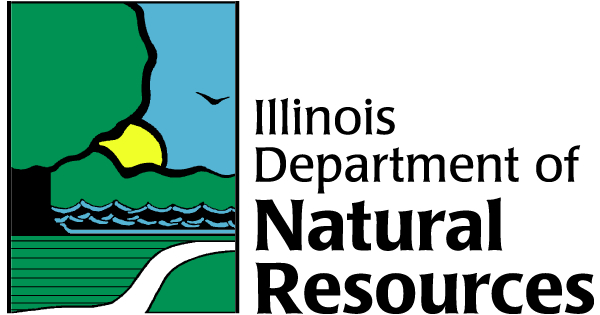Goal 2 - How does CREP measure success toward this goal?
The IDNR is working with the University of Illinois’ Critical Trends Assessment Program (CTAP) staff to maintain a biological monitoring program for CREP to assess the conservation practices and wildlife habitat on property enrolled in CREP. CTAP samples the bird communities of forests, grasslands, and wetlands using point-count based methods. During data collection, the presence and abundance of each species seen or heard during the count period is recorded.
Many bird species are positively associated with larger patch sizes; however, even small patches can be beneficial to certain species of greatest conservation need. No area is too small to create a positive impact on wildlife.
Model-averaged density (birds/ha) and 95% confidence intervals in relation to patch size (ha) for the six focal species.
The Bell's Vireo, Dickcissel, and Willow Flycatcher are all positively associated with grasslands and are negatively impacted by woody encroachment. The Dickcissel is a great example as Figure 5, shows the density increasing when grass proportions are high, in comparison to Figure 6, the density decreases with increasing forest cover. However, forest cover is also important for certain species, such as the Yellow-billed Cuckoo, who often prefers shrubby woodlands. This research shows that increasing natural areas, regardless of the cover will be beneficial to certain species of greatest conservation need
Figure 5. Model-averaged density (birds/ha) and 95% confidence intervals in relation to the proportion of grass cover within 200 m for three focal species. Only species with strong (coefficient confidence interval did not overlap zero) relationships shown.
Figure 6. Model-averaged density (birds/ha) and 95% confidence intervals in relation to the proportion of forest cover within 200 m for three focal species. Only species with strong (coefficient confidence interval did not overlap zero) relationships shown.


